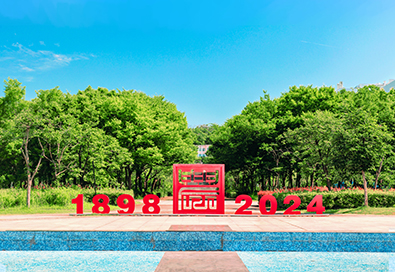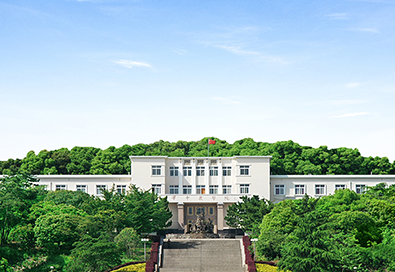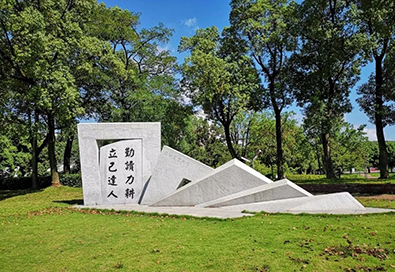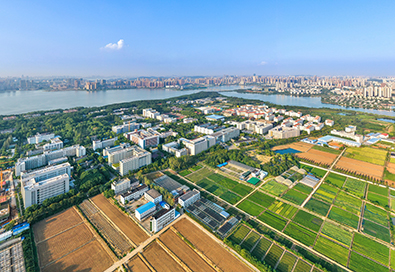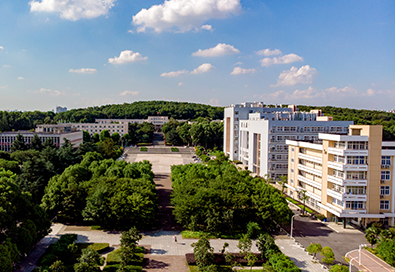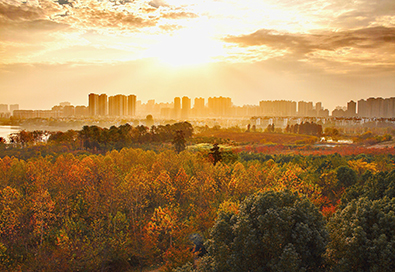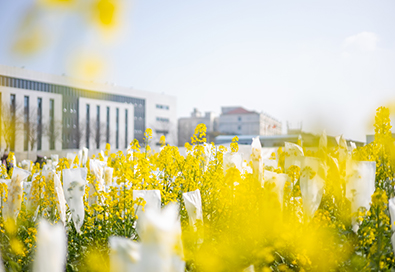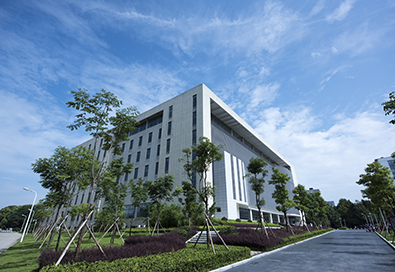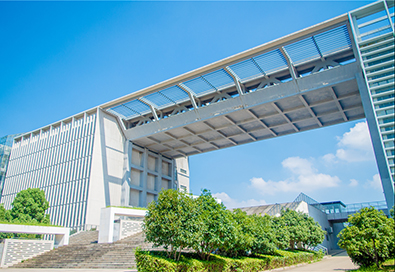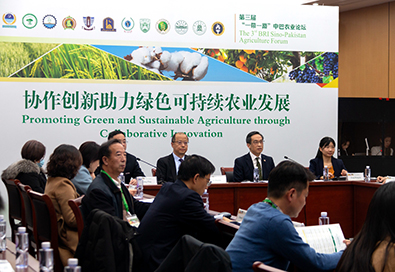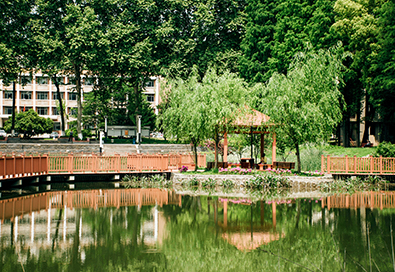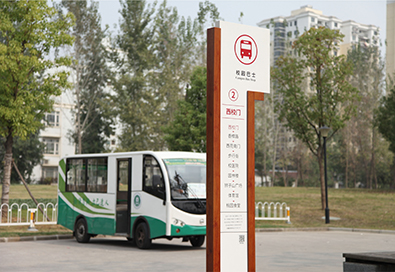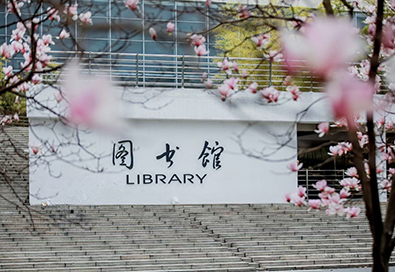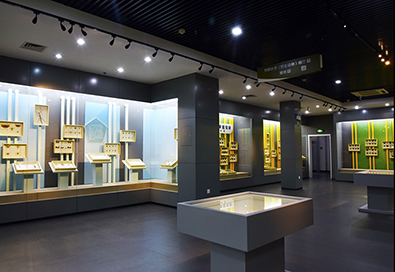On the afternoon of May 18, the final of the 2024 HZAU Science Popularization Competition, jointly organized by the Science Association, the Museum, and Youth League Committee, was held at the library. Vice President Yao Jianglin attended the event and delivered a speech.
The judging panel included Chen Yufen (former second-level investigator of the Popularization Department of the Hubei Provincial Association of Science and Technology), Nie Hailin (Vice Curator of Hubei Science and Technology Museum), Liu Xianguo (Professor of China University of Geosciences), Du Chun (Deputy Director of the Talents and Science Popularization Office of the Hubei Provincial Science and Technology Department), Mei Lin (Deputy Director of the Science Popularization and Public Center at the Wuhan Botanical Garden, Chinese Academy of Sciences), Han Xiaole (Professor of South-Central Minzu University), and Feng Nan (Director of Cultural Promotion Office of HZAU).
In the opening speech, Yao Jianglin emphasized the importance of science popularization, stating that it had become a fundamental project for enhancing national innovation capability and international competitiveness. He also introduced the university’s achievements in science education and technological innovation, expressing his hope that the participants would continue to advance and strive for excellence.
Twenty-one students and teachers from various disciplines showcased their presentations. “Does a fish’s memory really last seven seconds?” Cao Mengyao from the College of Animal Sciences & Technology & College of Veterinary Medicine opened with the question, using the 1956 American scientists’ experiment model on goldfish’s response to light stimulation to illustrate that a fish’s memory span is not as short as commonly believed. Liu Hang from the College of Fisheries elaborated on the rare frozen rain phenomenon in Wuhan during the winter break to explain the fascinating principle behind using diesel locomotives to break the ice on high-speed rail lines. Wei Yucheng from the College of Plant Science & Technology used “SpongeBob SquarePants” to demonstrate the charm of science. Zhao Shuai from the College of Food Science and Technology attempted to “vindicate” chili peppers with the topic “Chili Peppers and Pimples”.
“Are cherries the fruit of cherry blossoms? Although both are linked with ‘cherry’, what is the connection between these two?” asked Jiang Yarong, a teacher from the College of Horticulture & Forestry Sciences, who then brought the audience back to the Cherry Blossom Avenue to study the fruit of cherry trees; “Can we actually only eat one egg per day?” Starting with the important membrane component “cholesterol”, Li Enhui from Class 2205 of Smart Agriculture vividly demonstrated that the intake of exogenous cholesterol is not as high as people generally perceive by comparing water-soluble cholesterol and dietary cholesterol intake.
In the summary session, Han Xiaole commented, “Science popularization is a profound art, an art of simplifying complexity. It is absolutely not about making knowledge directly simple, nor is it about giving speeches or recitations. Rather, it is about interpreting knowledge from a third-party perspective, using the most precise and concise language to spread it. Science comes first, popularization follows.”
After the intense competition, Cao Mengyao from the College of Animal Sciences & Technology & College of Veterinary Medicine won the first prize. The other 9 students won the second and third prizes. The winners of this competition will represent HZAU in provincial competitions, contributing their youthful energy to telling the scientific stories of HZAU.
Source: http://news.hzau.edu.cn/2024/0521/69786.shtml
Translated by: Wang Jiahao
Proofread by: Song Bowen
Supervised by: Pan Buhan

